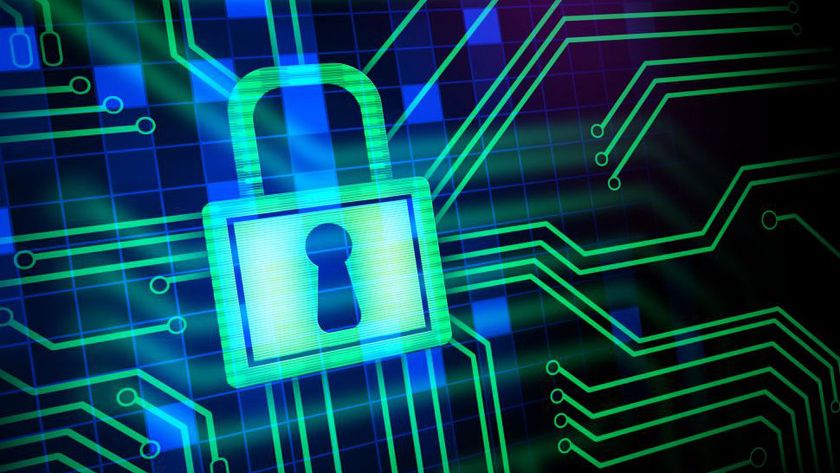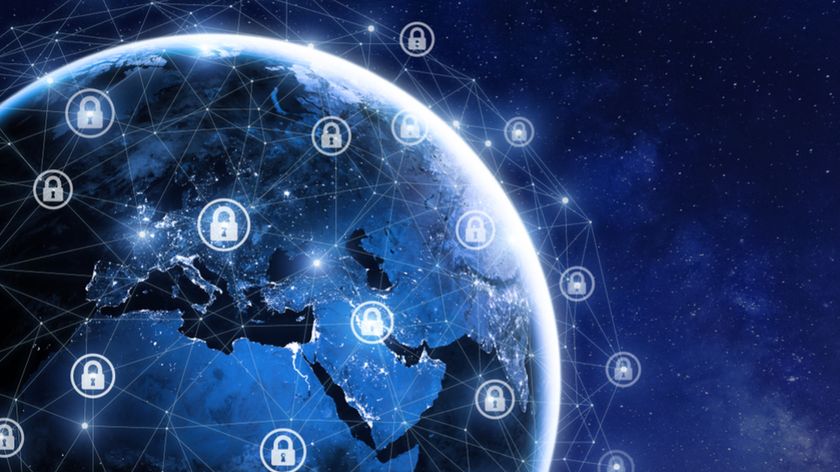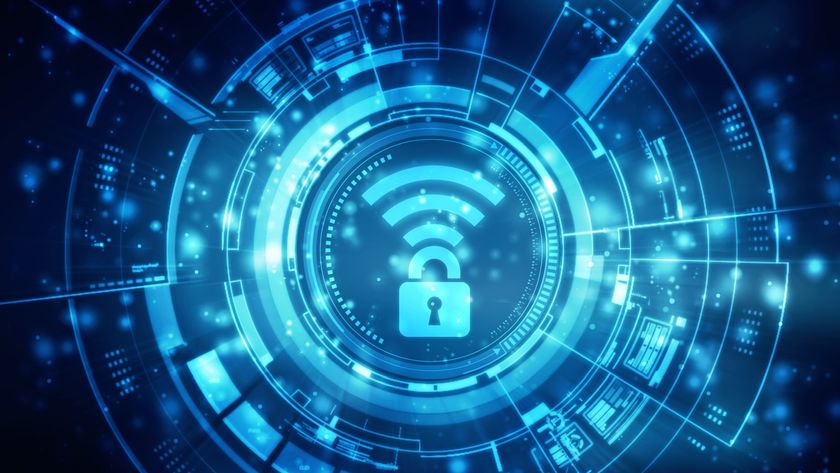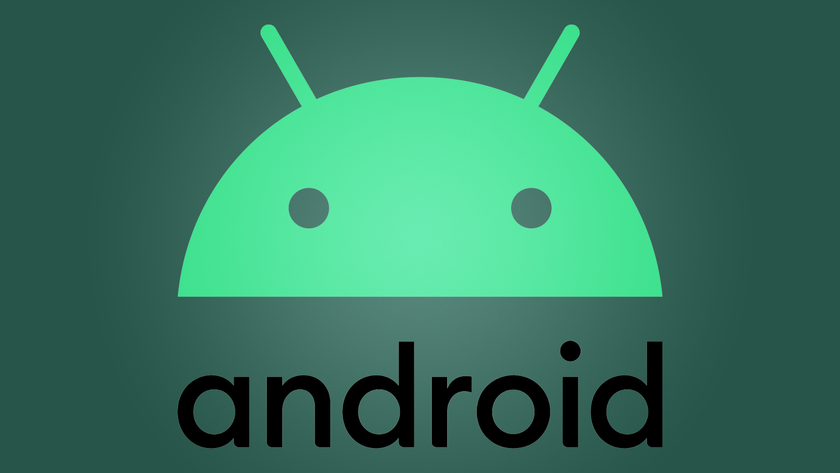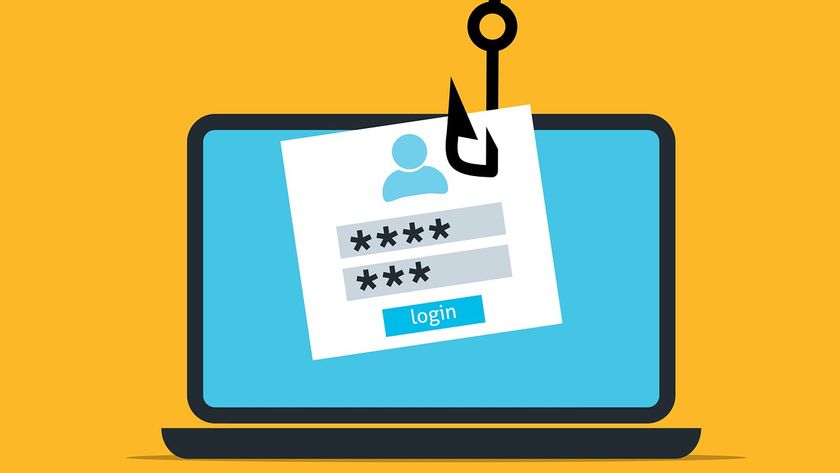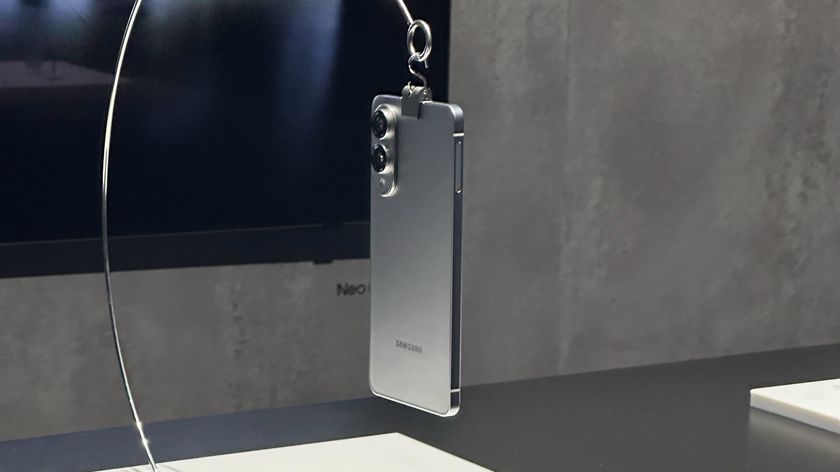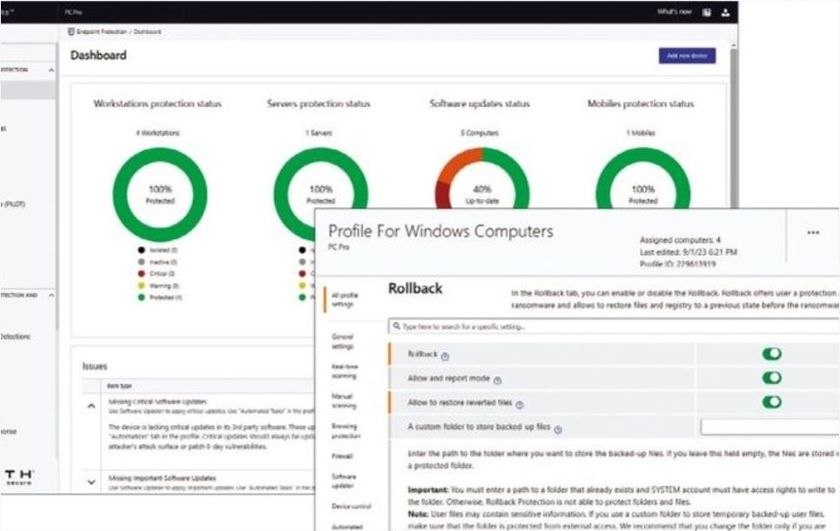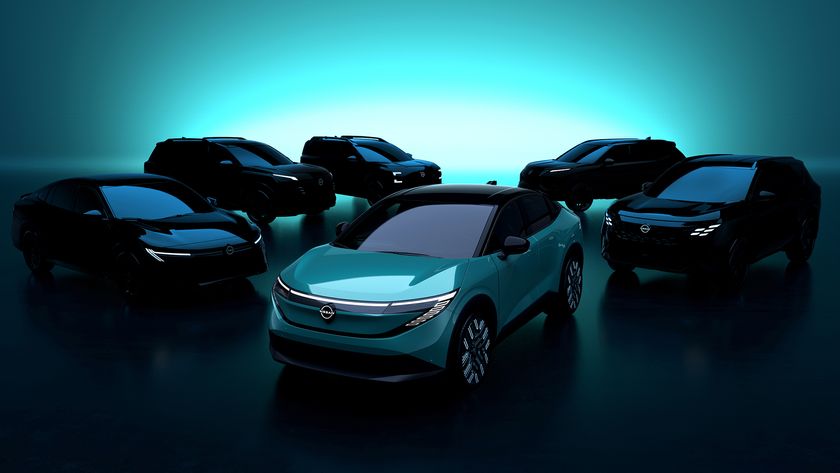Should the enterprise consider the Apple Mac again?
Big firms like IBM and SAP have switched to the Mac of late
Reasons to switch
1. User-centred management
There's been a dramatic shift in IT to a more user-centred approach. More and more, IT is not 'on-high' dictating which computer and software you need to use. Because of this shift, there is a new trend in embracing the Mac as just another platform available to end users.
Thomas Saueressig, the SVP and Global Head of IT Services at SAP, says his company has deployed Macs "in a five digit number" of units recently, mostly due to the shift in IT.
"The Mac computer has dramatically changed the perception of IT at SAP. It doesn't matter whether our users start their work day using a mobile device while commuting to work and later on continue working at their desk by using a more powerful machine: it has to be a seamless experience," he says.
2. Cloud backup and restore
Code42 is based in the same US city as JAMF Software. The firm's big differentiator is that it is not a scheduled backup service – it operates in the background, with no intervention from the user, and archives local files automatically as you work without much user intervention.
Justine Bienkowski, the IT Team Lead at Buzzfeed, says one of the key benefits of using Code42 is that employees can travel without fear of losing their work, even if that work involves large video files or graphics files.
She says, if someone were to leave the office in New York and fly to London, but leave the laptop in an airport, it would be possible to have a notebook waiting for the employee with a restored cloud backup ready and installed. "We could set up that computer remotely and have it ready for the employee with everything they need," Bienkowski notes.
3. Low tech support costs
IBM insists that the tech support calls for the Mac are incredibly low. That proved accurate in a visit to the company WhenIWork recently, a software developer which makes a timesheet app. According to reps there, they barely have to do any tech support at all. The only issue they've had is related to the trackpad functions, but those questions are usually about how to make the most out of the swipe features and changing some of the settings.
Are you a pro? Subscribe to our newsletter
Sign up to the TechRadar Pro newsletter to get all the top news, opinion, features and guidance your business needs to succeed!
In fact, the main IT support tech, Adele Gower, is the 'office coordinator' and handles issues like employee training and scheduling visits to the company. There are no IT admins. It's just one company that has decided to deploy only Macs, but it shows how small an IT staff is required with Apple's computers. Similarly, at Buzzfeed, even though the organisation has thousands of employees, there are only a handful of IT staff to support the Mac and another 30-35 users who still rely on Windows.
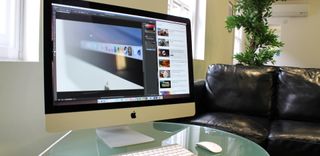
Reasons to avoid
1. Missing Mac skills
Gartner's Michael Silver says one big reason many large companies have not switched to the Mac or do not even consider deploying the platform is that the IT staff do not use the Mac, nor do they have the skills required for management. That's offset by the benefits of using the Mac, which is that JAMF Software and Apple itself make deployment easy, but it still changes the IT landscape. IT leaders view the Mac as yet another platform to support and yet another suite of management tools to purchase.
"Gartner's advice is to get out of the business of providing and managing devices and start providing and managing applications and data users need access to so they can consume them on a variety of devices as they like," says Silver, making the point for either platform.
2. High costs
Regardless of the support and management costs, there's still the nagging problem of acquisition costs. The Mac is more expensive than comparable PCs, although Silver argues that a high-end PC workstation costs about as much as a Mac these days. It's just that many Dell and Lenovo business laptops can costs about $500-$700 (or pretty much the same amount in pounds) and most Macs are twice that much.
3. Outdated hardware
For some IT leaders, the real issue with the Mac platform is that the hardware has become slightly outdated. Indeed, the latest MacBook models use a fifth-generation Intel processor even though Skylake, the sixth generation platform from Intel, is readily available.
Macs do not rely on graphics cards from Nvidia and others – they do not use discrete graphics, which makes them unusable for VR products (like the Oculus Rift) which have just started shipping recently. Only the iMac line has been updated recently to support 4K display resolution.
John Brandon has covered gadgets and cars for the past 12 years having published over 12,000 articles and tested nearly 8,000 products. He's nothing if not prolific. Before starting his writing career, he led an Information Design practice at a large consumer electronics retailer in the US. His hobbies include deep sea exploration, complaining about the weather, and engineering a vast multiverse conspiracy.

